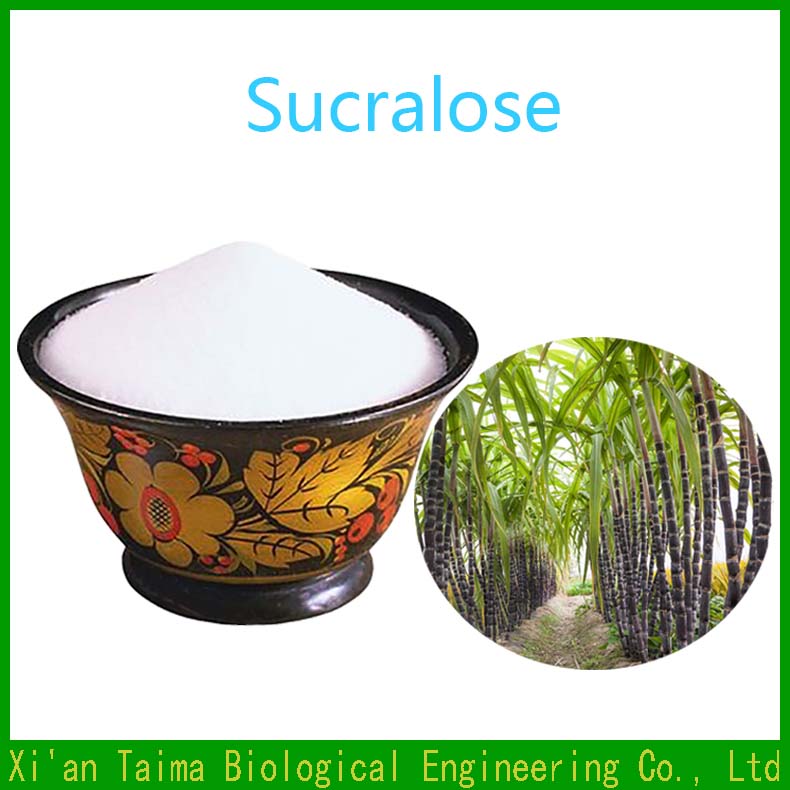
Often marketed as Splenda, sucralose was approved for food manufacturers to use as a “non-nutritive sweetener” by the Food and Drug Administration (FDA) in 1999.
However, rumor has it that the artificial sweetener was discovered in a lab by scientists who were trying to create a brand new pesticide. Instead they stumbled on a chemical sugar alternative that’s aggressively marketed as an option that tastes like sugar without sugar’s sweet but inherent risks.
And if you’ve been scanning the ingredients on your average box of cookies lately, you’ve probably come across the word sucralose.
So is it a pesticide or a viable sugar alternative? And, more importantly, is it safe to eat something with sucralose in it or to feed it to your kids?
Here’s a look at what the experts say about sucralose’s side effects and whether sucralose is safe.
So what is sucralose?
According to sucralose’s creators, sucralose is made by taking sugar, removing hydrogen–oxygen groups from certain places on the sucrose molecule, and putting chlorine in their place.
Splenda’s official description explains that “this change makes the sucralose molecule much sweeter than sugar, but with none of the calories.” In other words, sucralose makes things taste sweet, but it doesn’t carry nearly the amount of nutrition (or calories) of more traditional sweeteners.
These days, the sugar substitute can be found in everything from soda to baked goods to frozen goodies, and because it’s heat stable—meaning it stays sweet even when brought to high temperatures—sucralose is often used in home cooking, too. In fact, it’s sold on its own in most American supermarkets for use by home cooks.
And when it comes to flavoring beverages and treats, sucralose offers a pretty big bang for your buck. It’s 600 times sweeter than traditional sugar but contains just a small percentage of the calories sugar does, says Sandra Arevalo, director of nutrition services and community outreach at the South Bronx Health Center in New York City.
The Anti-Sugar
Although it’s often dubbed a “low calorie” or “artificial” sweetener, the name sucralose can be confusing. If you took high school French, you might know that the French word for sugar is sucre—which sounds an awful lot like the root word in sucralose. And maybe you remember the original (and long since abandoned) Splenda tagline, “Made from sugar so it tastes like sugar”?
So sucralose just a souped up version of sugar, right? Not exactly.
The big difference between sucralose—or any artificial sweetener—and sugar is the nutritional value, says Lorena Drago, a registered dietitian, spokesperson for the American Association of Diabetes Educators, and founder of Hispanic Foodways, an organization that creates and disseminates culturally and ethnically oriented nutrition and diabetes-education materials.
Sugar is what’s known as a nutritive sweetener because it has both calories and carbohydrates. One teaspoon of sugar, for example, has about 16 calories and 4 grams of carbohydrates. A typical packet of sucralose contains just 1 gram of carbs, and little to no calories, making it a non-nutritive sweetner.
Why Sucralose Is Popular
The importance of the numbers and the allure of sucralose becomes extremely apparent when you look at how much sugar you’re really consuming every day. You don’t have to be dumping spoonfuls of the granulated white stuff into your coffee or sprinkling it on your cereal in the morning to be ingesting more sugar than you should.
In fact, sugars are in almost everything we eat, from pasta sauce to bread.
That’s why the 2015–2020 dietary guidelines from the U.S. Department of Health and Human Services and the U.S. Department of Agriculture focus not just on “sugar” consumption, but on the “added sugar” in our diets. The guidelines recommend consuming less than 10 percent of calories per day from added sugars.
